10 Days, More Engagement, More Sales
With its 950 million users, Facebook has become the world’s meeting place.
But, while everyone knows about Facebook and many small and medium size businesses have taken the first step by creating a business page, many are still challenged by how to maximize Facebook’s potential to build brand loyalty and drive revenue.
They know that Fortune 500 firms, like Coca-Cola and McDonald’s, attract millions of Facebook fans, but beyond posting a status update or asking people to Like them on this mother of all social media, they are confused and frustrated as to how to make the most of this 21st century marketing phenomenon.
Whether it’s Facebook’s complexity or simplicity that has you stymied, if you put in just a little effort -- for 10 days -- you can boost your Facebook interactions by 10, 20, even 30 percent or more, gaining fans and customers who will spend real money as a result of your social marketing magic.
Day 1: Watch and Learn
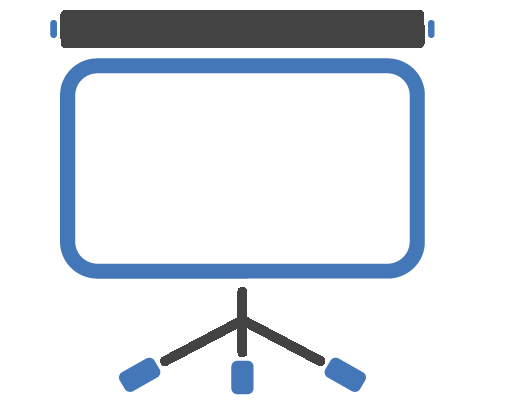
Spend some time today exploring other Pages on Facebook. Do some searching to find complementary businesses and competitors that you can learn from. Look at the Facebook pages of the big brands you admire, and the brands your customers have told you they admire.
- Go to www.Facebook.com/search.
- Select the 'Pages' option to filter your results by pages.
- Enter direct competitors and industry keywords to find pages in your niche.
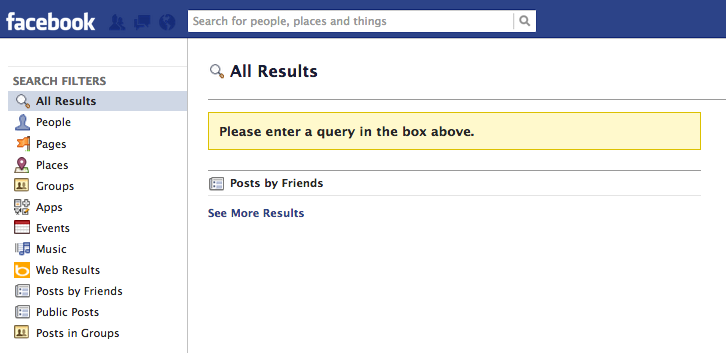
Realize that the Facebook Search bar is not very robust and sometimes does not find the Facebook page you're looking for, even when you enter the exact name of the page.
If you cannot find the Facebook page of your competitors, head over to their websites to see if they have a link to their Facebook page on their site. You can also use the alternative third-party search tool www.FBInstant.netto do some investigation.
Take a look at some successful Facebook pages in these articles:
- AllFacebook: The 100 Most Engaging Brands on Facebook
- HubSpot: 20 Examples of Great Facebook Pages
- HubSpot: 7 Awesome B2B Facebook Fan Pages
- Jeff Bullas: Top 10 Small Business Facebook Designs to Inspire You
- Social Media Examiner: Top 10 Small Business Facebook Pages: 2011 Winners
What are you looking for on these pages? You're gathering information about what's working and taking note of these key points:
- How often, and at what times is the page posting?
- What are they posting? What's getting the most interaction – pictures, links, videos, questions? What copy resonates?
-
 How many people post directly on the page? How many respond to a post?
Take note of the “talking about this” number that tracks these metrics
over a 7-day period:
How many people post directly on the page? How many respond to a post?
Take note of the “talking about this” number that tracks these metrics
over a 7-day period:
- Liking your page
- Posting on your Timeline
- Liking, commenting, or sharing your posts
- Answering a question
- RSVP-ing to an event
- Tagging your page
- Checking in
- Liking or sharing a check-in deal
- Does the page have a Welcome Tab or any other custom tabs?
- What isn't working?
For example, notice how Pringles, Nutella, and Reese’s do a great job with varying their posts and encouraging engagement on Facebook.
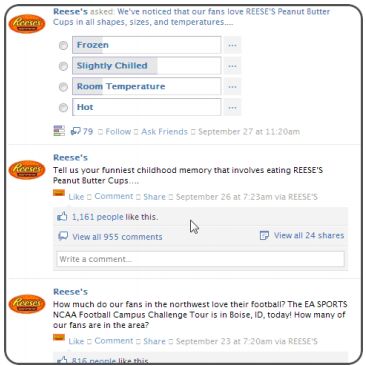
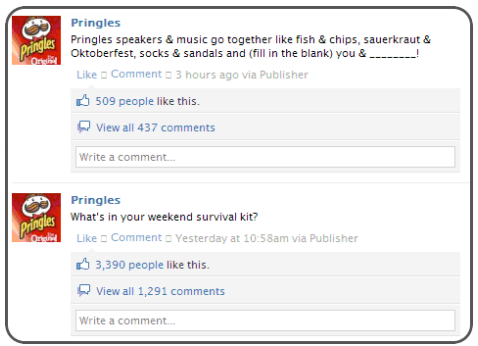
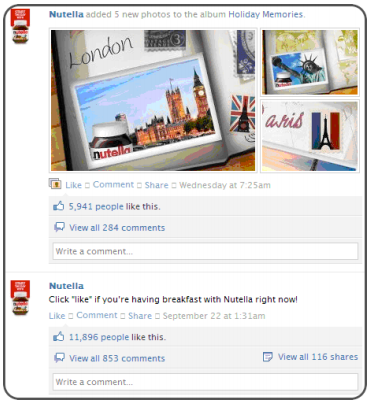
Day 2: Understanding Facebook Best Practices
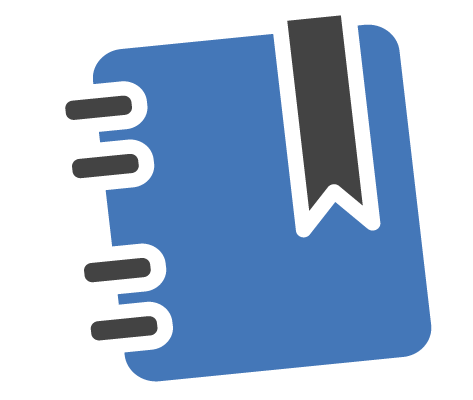
Now that you've spent some time researching the competition and big brands, you may notice some Facebook "rules of thumb." While you'll have to experiement to see what works for you, there are some general “best practices” you can start with as a base.
You'll notice that successful brands on Facebook don’t preach or sell to their fan base, they engage with them. Notice how Sierra Trading Post gives their Facebook community special deals, but also makes it fun, as their community expects:
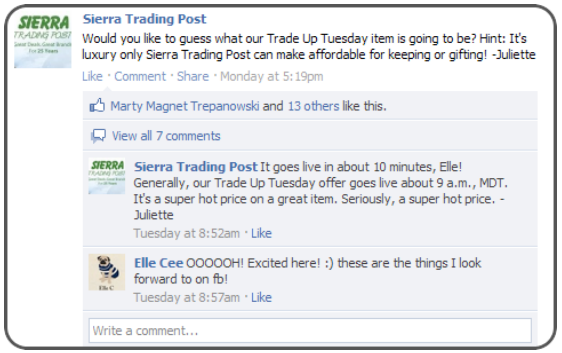
Success Magazine gives their community inspiring quotes and things to do through their updates:
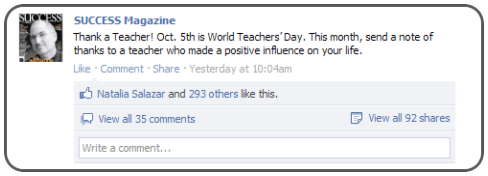
Zappos does a great job keeping things fun, but tying their posts back to something on their website:

So, what are some of these “unwritten rules” you should follow in your Facebook posts? Here are some good general rules to start you off:
- Post every day. That may seem excessive, but as people make more friends and Like more pages, your posts may be missed. There are even studies that show posting between 3-5 times a day can be a good amount for pages.
- Focus on engagement. You're trying to connect with and get responses from your community. Ask questions, post helpful tips, and link to articles that your audience will Like and share. When you make the posts about your audience and what they need, rather than selling, you'll develop a deeper relationship with your community.
- Have a call-to-action. Tell people exactly what to do, like click Like, comment on a post, or watch a video.
- Don’t oversell, or undersell. No one likes a never-ending sales pitch, but do highlight your wares from time-to-time! Use the 80-20 rule for content/connection posts vs. sales messages.
- Make it fun. Facebook is a social community. People are there to have fun. Stay true to your brand, but think of ways to entertain your audience and let your corporate hair down.
These rules are a good place to start, but watch what works for you. There is no one “right” way to do everything on Facebook.
Day 3: Learn the Lingo
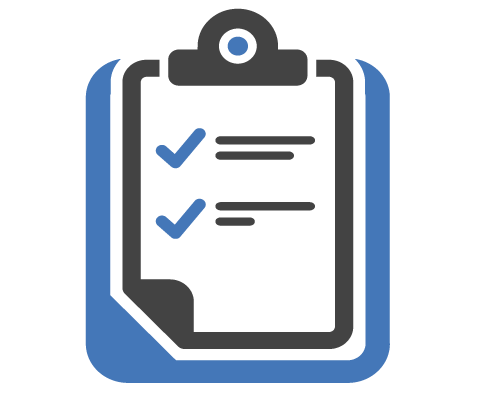
Do you like me or do you Like me? Like, what’s that all about?
In high school, you were lucky if you could figure out how to conjugate a single verb in Spanish class. Learning to speak Facebook-ese is simpler. Here’s what you need to know:
Application, or “App” for Short – Applications, apps, or applets are software programs used to facilitate content-sharing and interactions between your Facebook page, your website or blog, and users. They're special, because they can interact with the Facebook database through an API (Application Programming Interface) to learn who is running the app, and a little bit about their friends and interests. Apps can include Facebook games such as FarmVille, but also business apps such as the app to showcase your YouTube channel on your Facebook page.
EdgeRank – EdgeRank is the algorithm Facebook uses to determine which content appears in any given user's News Feed.
Fan – When you or your customers choose to Like a company's page, you become a Fan of that company on Facebook. Technically there hasn’t been an actual ‘Fan’ since mid 2010 when Facebook changed the vernacular from ‘Fan Pages’ to ‘Business Pages’ that users could ‘Like,’ but the term remains popular and is still commonly used.
Friend – Friend is used as a noun and a verb in Facebook-ese. As a noun, a Friend is someone with whom you’ve established a connection in your social network. The act of making that connection is the verb, to “friend” someone. On Facebook, two people have to mutually agree to become connected as Friends.
Friend List – A Friend List is just what it sounds like, a list or organized group of your Facebook friends. Facebook has been enhancing the capabilities of Friend Lists recently in response to the common criticism that people rarely wish to share an item with all of their friends, by creating smart list segmentations based on what it knows about your friends.
Group – A Facebook Group is a group of Facebook users organized around a common interest. Any Facebook user can create a Group, such as “The 10 Days to Facebook Marketing Success” Group -- which has people committed to spending 10 days on improving their company’s Facebook marketing. Group Members can engage in live group chat and can receive mailing list style notifications.
Like – In the Facebook world, “Like” has three potential meanings: 1) When someone professes their affinity for a business page, they actively “Like” it and thus become a fan; 2) When a user wants to express their agreement with another user’s comments, they will “Like” the comment; 3) A “Like” button can be installed on websites outside of Facebook that, when clicked, enables the user to “Like” a page on a website, an action which is publicized on their personal Facebook profile.
Network – In Facebook parlance, a network is an association of Facebook users based on a school or employer.
News Feed – This is where wall posts are aggregated for you to view in a section of your Facebook homepage. It keeps users informed of what their friends (or the businesses you and they “Like”) are up to.
Open Graph – The Open Graph is an API that allows outside sites to exchange information with Facebook’s user database. For example, if you clicked the Like button on an article about American Idol, it will be remembered forever in the Open Graph. Some carefully selected partner sites can get limited information without even asking because of ‘Instant Personalization’. Visit http://www.tripadvisor.com/ while you are logged in to Facebook to see how this works -- you might even see a personalized map of all the cities that your Facebook friends say they have visited.
Page – A Page is like a website homepage, but on Facebook. Businesses, products, artists, public figures, charitable causes, and the like use their page as the starting point for interaction with their fans.
Social Plugins – Social Plugins are apps that you install on your website to help connect your website and your fans to your Facebook page. They can enable things like showing site visitors who in their social network has recently engaged with your website, and make recommendations based on interactions between your company and your fans. The Like button is one of the best known social-plugins.
Tag – Friends can tag their friends in posts, pictures, notes, and videos by typing the @ symbol, and the friend’s name. Then they select the name from a dropdown list to hyperlink it to the other person’s profile. People and other pages can tag your Facebook page using the same method, but a Facebook Page cannot tag a person unless the Admin of the page is a personal friend of that person. Clear as mud?
Use the tagging feature sparingly – too much tagging on one page can look spammy.
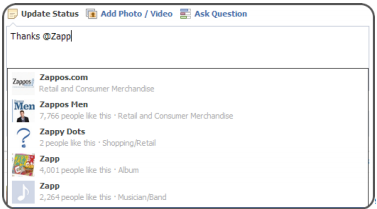
Ticker – The Ticker lives on the right side bar of the News Feed, and it posts “activity stories” such as commenting on someone’s post or picture, checking in, using apps, Liking a Page, etc. It different from the News Feed, which only surfaces updates and posts from friends and Pages you and your friends like, filtered by EdgeRank's algorithm.
Timeline – Think of this as the story of your life, Facebook-style. While the News Feed dropped stories as new ones were added, the Timeline feature lets personal users determine how much, or how little, of their life is shared via this linear view of your life story.
Wall – Your wall is where you and your friends post content. There’s a blank field that allows up to 5000 characters of comments which you then publish by hitting the “Share” button. You can also post Links, Photos, Videos, or Questions. Fans and other Facebook Pages can also tag your page, and the post will show up on your Wall.
There you have it. Now you parlez or habla all the Facebook you need to know.
Day 4: Add to Your Page
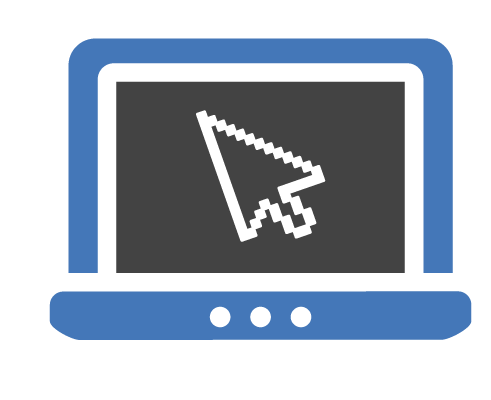
Now that you have the lingo, it’s time to spruce up your page. Your page should be a warm, inviting place for people to come and should give potential fans a clear picture on what your business is about.
The first thing to add to your business page is a cover photo. Since Facebook launched the Timeline feature for all business pages, businesses now have the ability to showcase even more of their product in the cover photo, shown at the top of their business page.
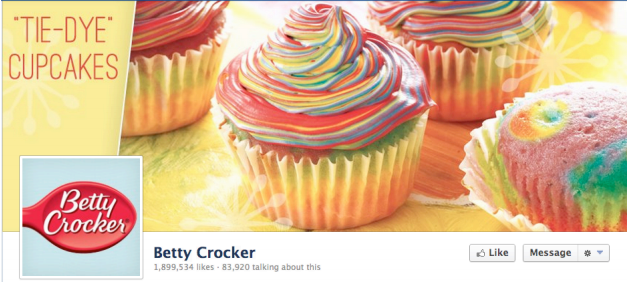
You can do many things to make this cover photo creative and interactive:
- Connect the profile picture to the cover photo.
- Highlight a product.
- Highlight a fan of the week.
- Give a creative use of the product.
- Show fans using the product or service.
The next thing to consider to brand your page is the profile picture. This is the image that will appear when people search for your brand, so you want it to include your logo and name. You can connect your profile picture to your cover photo if you wish for an interesting first impression.
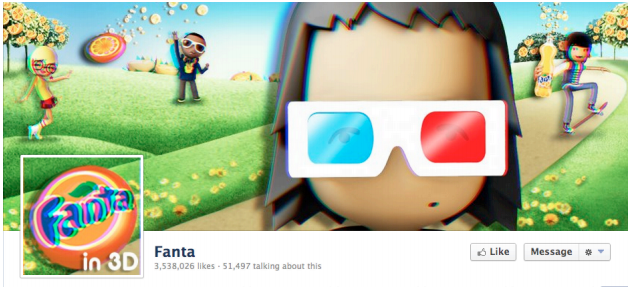
Here, Fanta has made their profile picture part of the cover photo image, making it look united, while keeping their logo in the profile picture for best search results.
Once you have your new profile picture, you can upload it and adjust it by following these steps:
- Click the "Edit Profile Picture" button as you hover over the picture.
- Select upload a new photo.
- Click the "Choose file" button to find your new Profile picture.
- Once it's uploaded, then underneath the picture, click the "Edit Thumbnail" link to select the portion of the picture you would like displayed next to your posts.
You may want to add some additional Apps to jazz up your Facebook Page, here are some options: here are some options:
NetworkedBlogs - This application will import your blog automatically onto your wall whenever you have a new post. More on how to set this up later.
RSS Graffiti - This application will import any RSS feed into your wall.
Pavment - Use this application to create a storefront on your Fan Page. If you have a product, you can easily sell it directly from your page. You can even set it so that your fans get special discounts available only to them.
Causes - Use this application if you are a non-profit to raise money for your cause on Facebook.
MarketPlace - This application is used to list items for rent or sale, and for job listings.
Booshaka - This application shows a list of all your top fans by how much they interact with you.
Fan of the Week - This app automatically picks a Fan of the Week based on interaction, and posts the message about the new fan each week.
Head over to www.Involver.comfor some more great app choices. They have a YouTube application and a Twitter application that will import information from those social media sites into tabs on your Facebook Page.
Day 5: Create a Content Calendar
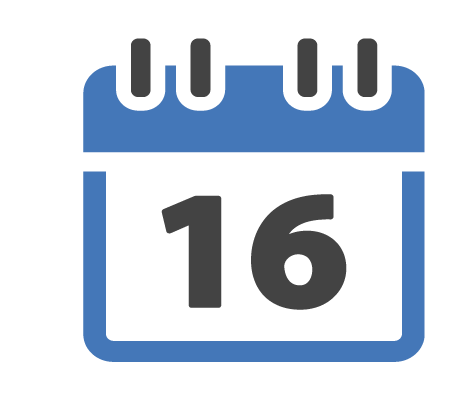
Make it your business to spend some time planning your editorial calendar, deciding what content you will post, and when. A content calendar gives you an overview of what you’re posting so you can ensure that you cover all the topics and products you want covered. It ensures that you’re not repeating yourself. It forces you to think about what’s important and what’s not so you don’t fall into the trap of posting content just to fill a void.
You can have two types of content calendars. One is a larger roadmap of promotions and special events throughout the year to highlight, the other is a weekly calendar that can give structure to your exact daily content such as 3rd party links, photos, a Fan of the Week, etc. This is what your weekly content calendar could look like:
- Monday morning: 3rd party link to an interesting relevant article
- Monday afternoon: Photo (could be a product or behind the scenes event)
- Tuesday morning: Your own blog post
- Tuesday afternoon: Question of the day (could be around a news event, or crowd sourcing to find out what your audience is struggling with around your niche)
- Wednesday morning: Fan of the Week (highlight a Fan or Fan Page that has contributed to the conversation)
You get the idea. As you develop your weekly content calendar, your community will also get to know your pattern and they will look forward to certain weekly events. Again, watch what works for your audience.
Day 6: Understanding Edgerank and the Art of Engagement
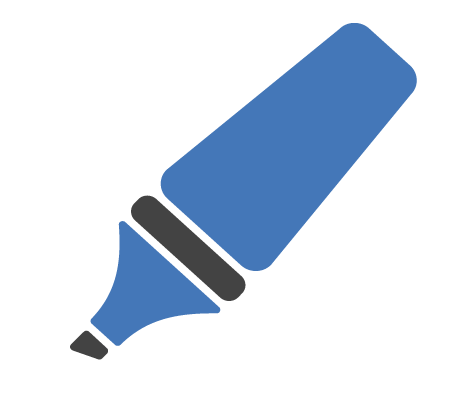
Want to gain an edge on your competitors? Then understand this: For all its folksy charm, Facebook is a business. And, not surprisingly, this business wants to make money. Facebook does that by serving up readers to advertisers, just like any other content-driven enterprise. And, just like any good content provider, Facebook thrives on giving its audience content that is three things: popular, relevant, and timely
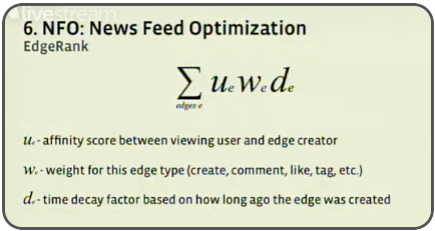
Those three attributes which Facebook refers to as weight (relevance), affinity (popularity), and time decay (timely) comprise the EdgeRank. These three things are the “edges” that Facebook’s algorithm “ranks” to determine what content is likely to be most interesting to the audience.
Affinity is the score between the viewer and the ‘edge’ creator. How closely you are tied to the person creating the content determines this score.
Weight is the value given to the comments and actions any given post receives from your Facebook community. As they Like it, comment on it, tag it, it gains relevance.
Time Decay is just that, the decaying value of the content as time passes. Today’s news is news. Yesterday’s news is history.
The more often you (or your customers) comment, click, like, and tag content, the sharper your “edges” and the more likely your content will display in their news feeds.
Gaining a high EdgeRank is contingent on creating the type of content that gets people to click on it in one way or another, and to do so consistently. Give people content they find interesting, and they will inevitably take some kind of Facebook action that raises your EdgeRank scores and leads to more “face time” in the most literal sense on Facebook. You can use the independent 3rd party website www.Edgerankchecker.comto gauge how well you're engaging your audience -- though know this is not an actual Facebook score.
Don’t assume that people will respond just because you gave them great content. It's still best to just come out and ask for a response. If you look at the posts from successful Facebook sites, you’ll notice that they almost always ask for some type of input at the end.
With the latest changes in Facebook, it's even more important to get that coveted interaction, because your post will be more prominently featured as a Top Story. This Top Story shows more prominently even though it was posted an hour ago, and there are 98 other more “Recent Stories”.
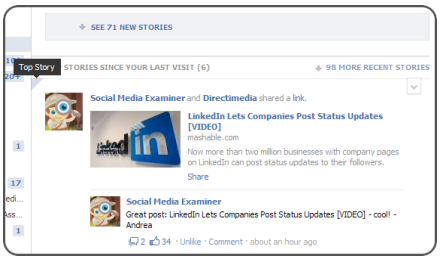
As mentioned on Day 1 of this guide, one of Facebook’s newest metrics that measures your engagement is the “People are talking about this” statistic. This number will give you a good picture of your interaction levels. Watch the trend of this number in your Insights by watching the Weekly Talking About This graph (more on Insights on Day 10).
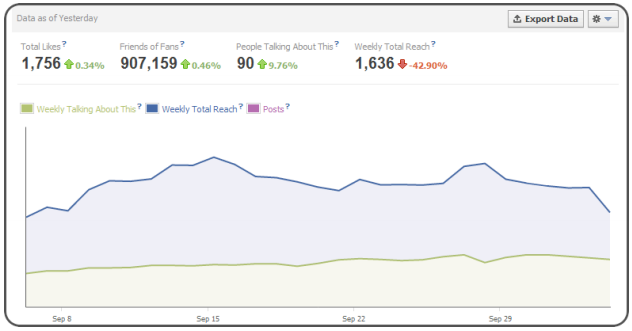
Day 7: Put on a Show
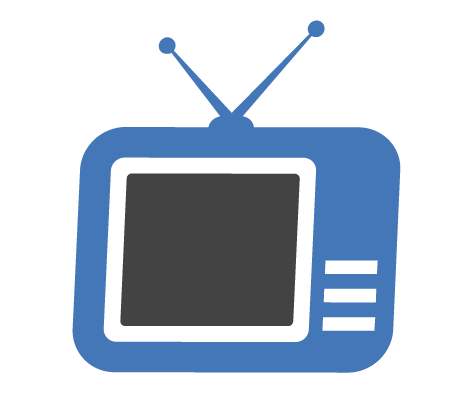
Facebook is all about community, right? So, leverage Facebook to bring the community together in real time (albeit virtually) and foster that sense of togetherness.
Spend some time today brainstorming and planning the types of events you can host on Facebook. Some ideas include:
- Launching a product, or streaming a live press conference
- Hosting a panel webinar
- Throwing a Facebook online party
- Hosting a live chat on your Wall with an expert in your niche
You’ll need an app or plugin for video, like Ustreamor Linqto, but live events on Facebook let you speak directly to your customers and vice versa.
Using video ads a slight layer of complexity in that you'll need an App or plugin, but hosting a live chat on your Wall can be the easiest way to do something special for your audience. You can act as moderator and post questions directly to the Wall and have the expert answer, or have your community post questions directly on your Wall themselves and get a direct answer. As an added bonus, this activity helps your Edgerank!
Day 8: And the Winner Is ... Your Business
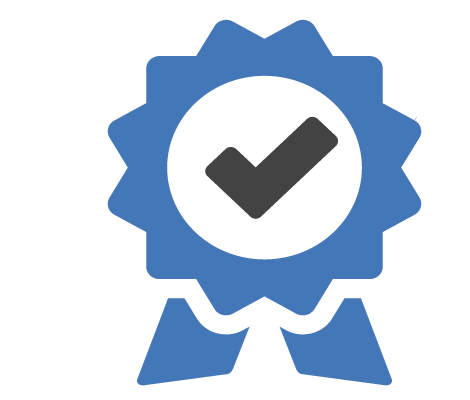
Take 10 minutes today to consider the cookie; specifically, the Oreo cookie. Then, ask yourself what your business can do to replicate Oreo’s successful contest marketing campaigns, which have attracted more than 4 million Facebook fans.
There's a difference between a sweepstakes and a contest, and that difference is significant in Facebook terms.
In a sweepstakes, people drop their entry in a box and wait to see whose lucky ticket is drawn; a contest requires entrants to get creative. It requires they get engaged, and that engagement drives relevance, something Facebook and Facebook relationships thrive on.
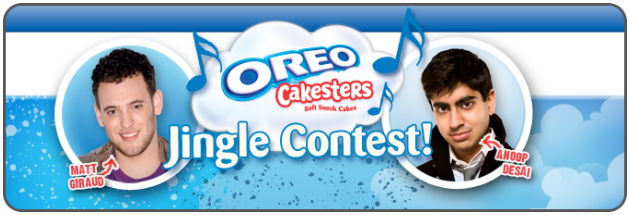
Oreo created the Oreo Jingle Contest. The contest asked people to weigh in as to whether or not their new product, Oreo Cakesters, should be dunked in milk the same as their iconic cookies, and challenged the Facebook community to vote on two versions of an Oreo jingle while offering them the option to post their own video renditions of the song. The contest hit all the right Facebook buttons. It required people to get involved by casting a vote, it offered them the opportunity to participate by submitting their own videos, it made Oreo Facebook fans feel as though their opinions mattered, and it kept the Facebook community focused on Oreos.
There are certain apps you will need to implement to run a contest on Facebook (such as Wildfire, which is available starting at $5 per campaign and $.99 per day), but if you do it right, your fan base is likely to grow geometrically from something as humble as a cookie. Take a look at some other Wildfire contests currently running on Facebook for added inspiration: http://apps.facebook.com/contestshq/
Bookmark these other Facebook Contest App sites to investigate which contest design and branding solutions are right for you:
Do your own investigations, too, as there are more contest apps available.
Don’t forget to:
- Integrate and cross-promote your contest across other channels.
- Give away prizes that are relevant to your brand and your products.
- Read Facebook’s contest rules carefully! They are sticklers and will shut you down if they find you breaking any rules. Spend some time studying them here.
Day 9: Run a Targeted Ad Campaign
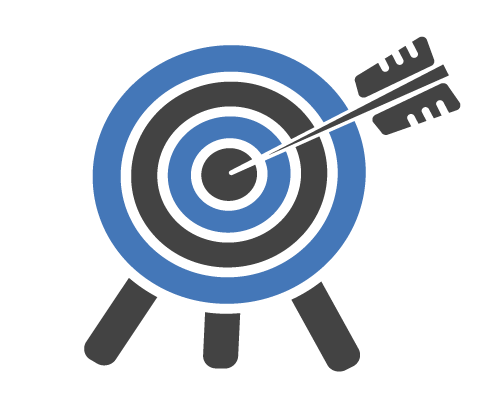
The world’s largest social network is willing to give you a free home page on their site, on which you can build audience and get your content in front of new eyeballs. They’ll even provide you with free counts and demographics of your new audience. It all sounds too good to be true, and in a sense, it is.
The dirty little secret of a Facebook page is that, while you can build a great audience, you never quite get to communicate with it as effectively as you’d like. You can post great items on your page but, they’ll have to compete for attention in a user’s busy Newsfeed. So what's the real best way to communicate with your new audience?
Time to get out the wallet (just a little). The answer is paid advertising on Facebook.
At first glance, Facebook advertising looks a lot like paid search engine marketing, like Google AdWords. You’ll decide how much you want to pay for each click, and what your daily limits are.
From that point on, you’ll start noticing differences.

Instead of keywords, you’ll be entering interests and demographics. There are text based ads for which you’ll create some short but effective text just as you would for Google or Bing. A difference with Facebook is that you can supply an image along with your text and, as it turns out, the image plays a major role in getting your ad noticed.
You can also precisely target your ad to only show to your target demographic. Is your ideal customer a 25-35 year old college-educated woman who loves yoga and lives in Florida? You can reach her by narrowing down the targeting. You will see exactly how many people will possibly see your ad (Estimated Reach) on the right side.
There is a second type of Facebook ad called ‘Sponsored Stories’ which allows you to re-post items that mention your page, place, or app. You’ll get a chance to distribute the (hopefully) flattering post outside of your fan base, or perhaps just give your fans a second chance to see it. The Sponsored Stories can typically be less expensive to run than selecting the Facebook Ads for Pages radio button in step 1 of the Ads process.
A unique and exciting feature of Facebook advertising is the ability to target via connections on Facebook. You can target your ad to people who are fans, people who are not your fans and, everyone’s favorite target – the friends of your fans. These are people who have things in common with your fan base. Will that include an interest in your product or service? The good thing about Facebook ads is that it won’t cost you very much to find out.
To check out Facebook advertising go to http://www.facebook.com/business/ads/
Day 10: Gaining Some Insights
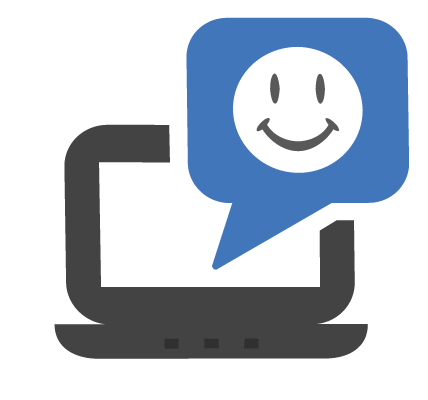
You may think that you’re doing everything just right to build an engaged Facebook audience, but just to be sure you should check with Facebook’s analytics package called Insights. To see the Insights for your page, click the ‘Edit Page’ button on the upper right of the page (assuming that you are logged in as one of the page admins, of course). Then select ‘Insights’ from the left hand navigation.
This should take you to the Overview page with two sections. You’ll see graphs showing Users, which represent the counts of people who have viewed or interacted with your page (even if they haven’t Liked it). Right underneath that is the overview for Interactions, which are counts of people who have Liked or Commented on your posts. You can click ‘See Details’ for either Users or Interactions to see what is behind the totals. The User details include the ‘Like Sources’ so that you can get a feel for where your audience is coming from. The User details also have standard demographics for the people who Like your page.
Clicking on ‘See Details’ for Interactions will take you to a page showing how many times each of your page posts has been viewed. It will also show you the feedback for each day – how many people Liked, Commented or Unsubscribed (perhaps it was something you said?). Right underneath that is one of the gems of Insights, a listing of every one of your posts with counts for Impressions and Feedback.
Facebook is rolling out some new Insights as we speak. To get a look at these insights, go to www.Facebook.com/Insights and click the link to view the new metrics. The overview page displays a graph of your Weekly total reach as well as the viral reach of each of your Posts. You can filter by Post type to see which posts work best for you. Have fun with it, and note that if you hover over the question marks Facebook will give you a quick tutorial to help you along.
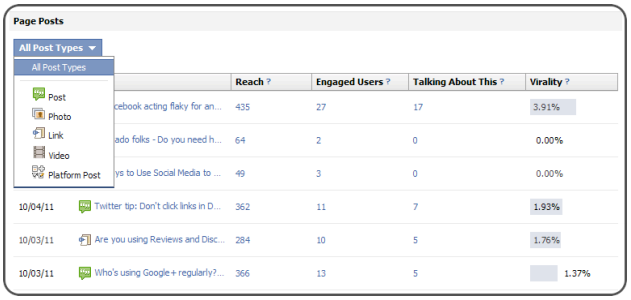
The new Insights will display everything the previous Insights did, just in some different formats:
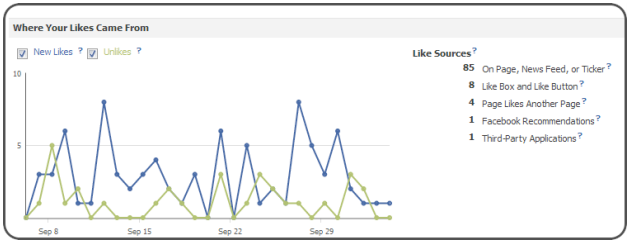
Want to know even more? Insights can also tell you about those social-plugins that you’ve been putting on your own web site, including the Like button. It takes a few more steps to set up and may require the assistance of your webmaster. You’ll be able to see which content from your site is generating the most shares, which of the social plug-ins that you’ve installed are getting the most clicks and what are the most active times for sharing on your site.
Whether it is from your web site or your Facebook page it is all your audience that you’re building. Get to know them using Facebook Insights.
Not only should you watch your Insights within Facebook but also monitor what is being said about you on the web in general. Many of the big brands dedicate staff and budget to monitoring social media activity with sophisticated tools. If you are just starting out you might want to begin with some of these free tools:
Face Forward
Yes, there are aspects of Facebook marketing that seem complicated at first, but the same can probably be said for all of the other marketing channels that you now are so glad that you have. If you are comfortable with talking to your customers you’ll find a lot to like on Facebook. The ways in which Facebook can be used for marketing and the tools, resources and modifications Facebook itself is making are only just being explored and exploited.
Still, in as little as 10 days, you can substantially improve the metrics that matter in terms of your inbound marketing campaigns centered around the 950 million pound gorilla known as Facebook.
This time invested in learning more about Facebook Marketing will help you generate more traffic to your website, more sales, higher average sales, more and better ways to connect with your customers, and provide your customers and prospects more ways to learn about your offerings even as they tell you what it is they want from your business.
Perhaps most important of all is that metric you cannot measure, the level of engagement and loyalty to your brand that social networks and only inbound marketing can generate on a mass scale.
Traditional advertising is one-way; you put the message out there, hope it resonates, hope that customers and prospects see it, remember it, and care enough to act on it.
Facebook, on the other hand has already done the heavy lifting. They’ve got your audience tuned in every day because it’s become a part of the fabric of people’s lives. It lets people connect and share—just like they say on the homepage—the things that matter most to them with the people and brands(!) that matter most to them. From a marketer’s perspective, this is a dream come true. You get to have a two-way relationship with your best customers and their family and friends. All you have to do is spend a few minutes getting your business ready to do that and prepared to measure and improve on the results you generate there, one fantastic Facebook connection at a time.
